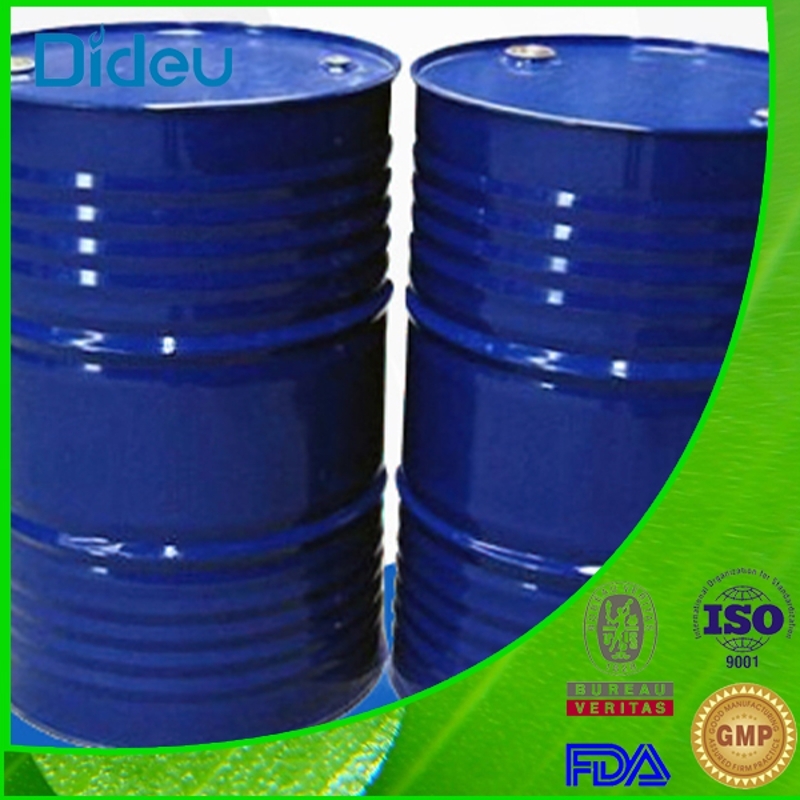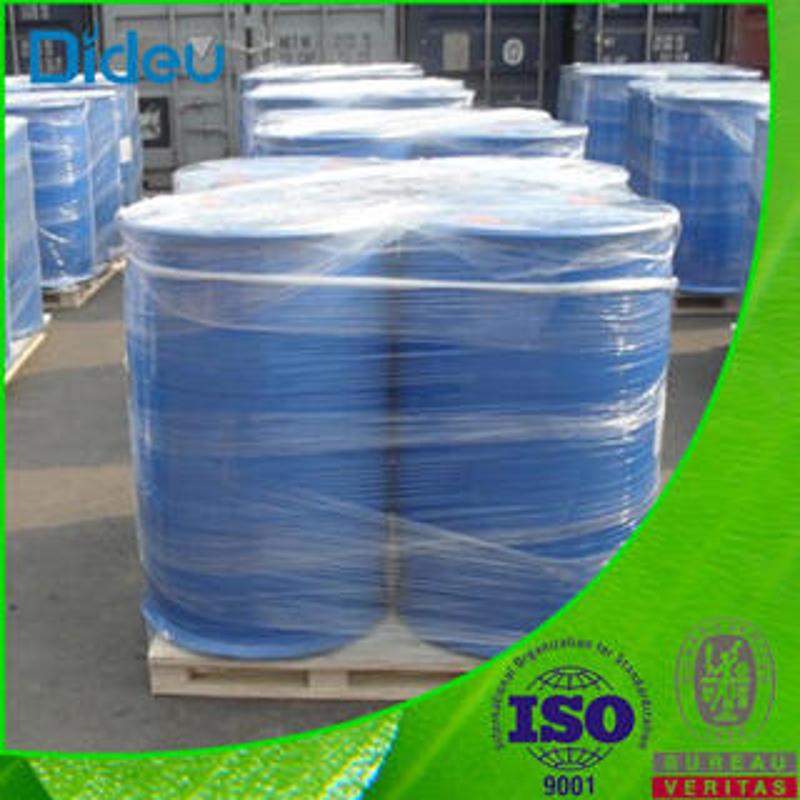-
Categories
-
Pharmaceutical Intermediates
-
Active Pharmaceutical Ingredients
-
Food Additives
- Industrial Coatings
- Agrochemicals
- Dyes and Pigments
- Surfactant
- Flavors and Fragrances
- Chemical Reagents
- Catalyst and Auxiliary
- Natural Products
- Inorganic Chemistry
-
Organic Chemistry
-
Biochemical Engineering
- Analytical Chemistry
-
Cosmetic Ingredient
- Water Treatment Chemical
-
Pharmaceutical Intermediates
Promotion
ECHEMI Mall
Wholesale
Weekly Price
Exhibition
News
-
Trade Service
Titanium dioxide (TiO2), known as titanium dioxide, is considered to be the world's most superior performance of white pigments. It is non-toxic, with the best opacity, the best whiteness and brightness, widely used in coatings, plastics, paper, printing ink, chemical fiber, rubber, ceramics, cosmetics, food and medicine industries, it is called "industrial MSG", its per capita consumption as an important indicator of a country's economic development level, but also a strong measure of the country's market potential. As the basic industry of China's economy, titanium dioxide fundamentally affects the development of various industries nerves, often known as the national economic development of the "barometer"
. There are two manufacturing methods, sulphuric acid and chlorination.
01, titanium dioxide production process
sulphuric acid method began in 1916, the main raw materials are titanium raw materials and sulfuric acid. Titanium raw materials can be used in titanium essential ore or acid-soluble titanium slag, the product can be sharp titanium type, can also be redstone type. :,,、。 Sulphuric acid method is the most widely used titanium dioxide production method in China. The production process of titanium white by sulphuric acid is shown in Figures 1 and 2.
Figure 1 Titanium-type titanium dioxide process
Figure 2 Sulphate production of redstone-type titanium dioxide process
The specific process is: redstone or titanium chloride slag first by high temperature chlorination production of titanium tetrachloride, and then purified, oxidation process is the core of chlorination method, and finally by washing, drying, crushing and other post-treatment process to obtain titanium dioxide products. Chlorination and oxidation are continuous production, except for intermittent production in the post-processing process.
the production process of titanium dioxide by chlorination is shown in Figure 3.
Figure 3 Chloride production of redstone titanium dioxide process
03, sulfuric acid method and chlorinated titanium white powder products compared to
particle size differences: chlorinated titanium dioxide particle size between 190-250 nanometers, and sulfuric acid titanium white powder particle size of 250-450 nanometers;
particle size distribution differences: chlorinated titanium white powder has a better particle size distribution;
color differences: due to particle size and impurities problems, the color of sulfuric acid titanium dioxide powder basically belongs to the yellow phase, while chlorinated titanium white powder blue phase;
dispersion difference: there is no significant difference between the two. At present, a highly dispersed product suitable for water, oil, plastic and other systems has been developed; the difference in
masking force: due to the more concentrated distribution of titanium dioxide particle size of chlorination method, its cover power is slightly higher;
price difference: due to the high demand for raw materials for chlorination, large investment in production equipment, the overall cost is higher than the sulfuric acid method, therefore, the price is also higher.
the production of titanium dioxide by sulfuric acid method, chlorinated method of titanium dioxide production of higher purity, better performance. At the same time has a short process, continuous operation, "three waste" emissions less and other advantages, more adapted to the national environmental protection policy tightening situation, representing the future development trend of the titanium dioxide industry. However, according to the national conditions, chlorination method on the requirements of raw materials, and China's high titanium slag production is small, not suitable for large-scale development of chlorination method, and the development of sulfuric acid method of raw materials supply sufficient. Chlorinated products are redstone-type titanium dioxide, can not produce sharp titanium-type titanium white powder, and some industries can only use sharp titanium-type titanium white powder, so chlorinated titanium dioxide in the field of applications can not completely replace the sulfuric acid method. Sulphuric acid and chlorination will remain coexist in China for a long time.






